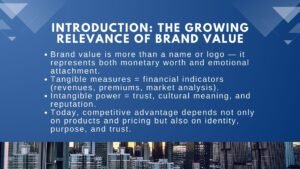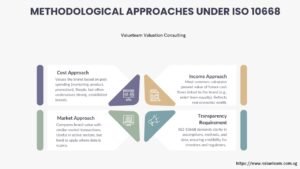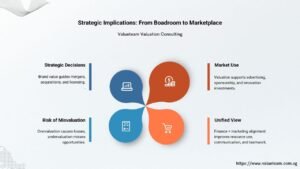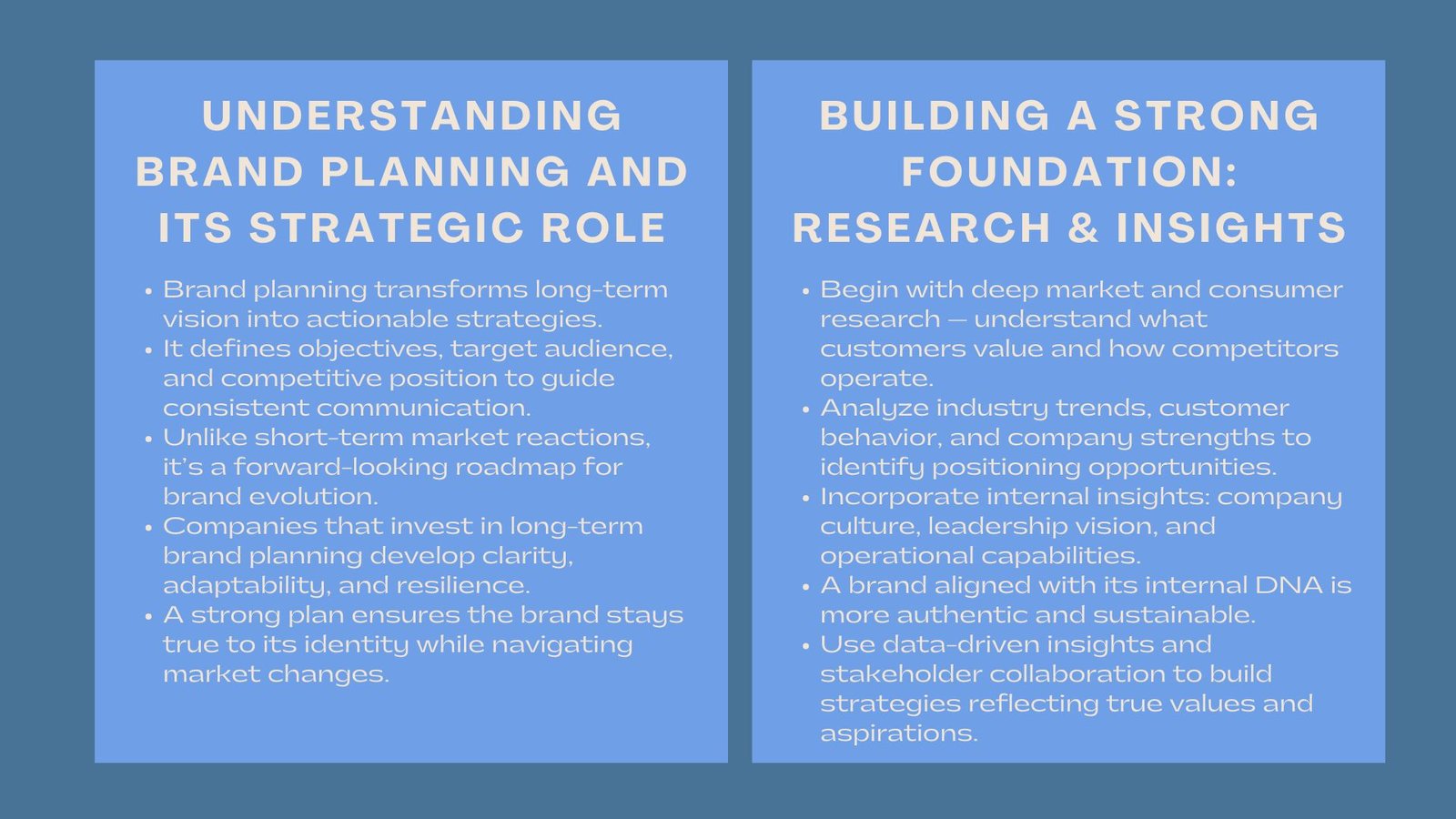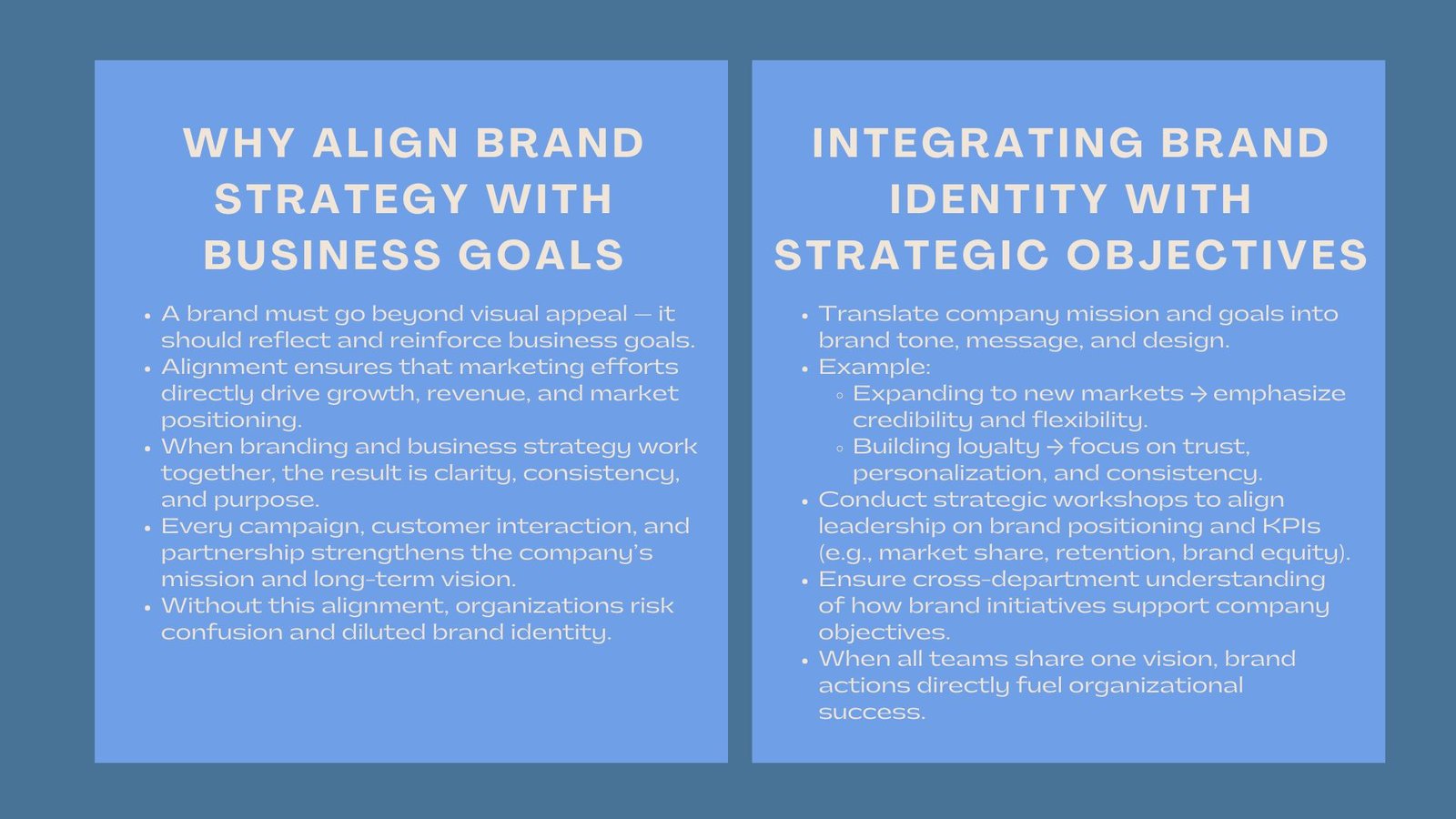
Amazing Decoding ISO 10668: The Gold Standard of Brand Valuation
Amazing Decoding ISO 10668: The Gold Standard of Brand Valuation
Introduction: Why ISO 10668 Matters in Today’s Business Landscape
In today’s economy, where intangible assets are gaining momentum, brands are among the most significant yet complex resources of a company. Unlike equipment, structures, or financial holdings, a brand has no straightforward accounting value. This creates challenges when companies want to monetize brand equity in activities such as mergers, licensing, litigation, or investor relations. Without a standardized method, valuations may become inconsistent or even misleading.
To fill this gap, the ISO introduced ISO 10668 in 2010 as an internationally accepted standard for brand valuations. The standard provides a coherent framework that evaluates brand value across financial, behavioral, and legal dimensions. It sets clear definitions, methodological requirements, and transparency guidelines, making it a reliable tool for businesses and stakeholders. By applying ISO 10668, companies can better understand and present their brand’s worth in financial and strategic terms.
Understanding ISO 10668: Scope and Purpose
ISO 10668, formally titled Brand Valuation – Requirements for Monetary Brand Valuation, ensures consistency, reliability, and transparency in brand valuation. It applies to every industry and market, offering a universal benchmark across diverse valuation activities.
The standard defines brand value by integrating three perspectives: legal, behavioral, and financial. Legal analysis examines intellectual property rights linked to the brand. Behavioral analysis explores how customers, employees, and other stakeholders perceive the brand. Financial analysis quantifies the brand’s ability to generate future economic benefits.
By requiring all three, ISO 10668 avoids the pitfalls of one-dimensional solutions. Its objective goes beyond accounting—it supports strategic management, marketing, corporate finance, and investor communication, making it indispensable for acquisitions, licensing, and financial reporting.

The Three Pillars of ISO 10668: Legal, Behavioral, and Financial Analysis
The core of ISO 10668 rests on three mandatory analyses:
- Legal pillar: Evaluates intellectual property rights such as trademarks, trade dress, and copyrights. Strong legal protection safeguards brand value against infringement and ensures enforceability in key jurisdictions.
- Behavioral pillar: Studies stakeholder perception, brand awareness, loyalty, reputation, and emotional connection. This reveals how brand strength influences customer choice and revenue generation—particularly relevant in industries like luxury goods, where prestige drives value.
- Financial pillar: Translates brand strength into economic performance. Using approaches like income, market, or cost methods, it quantifies future financial benefits while grounding assumptions in legal and behavioral insights.
Together, these pillars create a multidimensional framework that balances hard numbers with softer but equally vital drivers of brand value.
Methodological Approaches Under ISO 10668
ISO 10668 does not prescribe a single valuation method but recognizes three commonly used approaches:
- Cost approach: Values a brand based on past investments in marketing, promotion, and development. While simple, it may undervalue brands whose market power far exceeds historical costs.
- Market approach: Compares the brand to similar ones traded in the market. This works well in industries with active brand transactions but can be difficult where comparable data is limited.
- Income approach: The most widely used under ISO 10668. It estimates the net present value of future cash flows attributable to the brand, often via relief-from-royalty or excess earnings methods.
Regardless of the chosen method, ISO 10668 requires transparency in assumptions, data sources, and limitations, ensuring results can withstand scrutiny from investors and regulators.
Applications of ISO 10668 in Business Strategy
Adopting ISO 10668 impacts corporate strategy, finance, and governance. It provides a reliable benchmark for negotiations in mergers and acquisitions, where brand assets often make up a large share of enterprise value.
For licensing and franchising, standardized valuations support fair royalty rates and uniform financial reporting. In capital markets, they boost investor confidence by clarifying intangible assets.
From a marketing perspective, ISO 10668 bridges the gap between financial outcomes and behavioral drivers. It helps justify investments in advertising or reputation management by tying them directly to brand value.
The standard also enhances operational risk management ISO 10668. Legal analysis identifies weaknesses in IP protection, while behavioral analysis highlights reputational risks. Combined, these insights support proactive and long-term brand management.
The Future of Brand Valuation and ISO 10668
As the global economy grows increasingly intangible-heavy, ISO 10668 is becoming even more relevant. Investors, regulators, and boards demand greater transparency in intangible asset reporting, making standardized approaches a necessity.
Emerging factors such as digital branding, social media influence, and sustainability-driven consumer behavior are reshaping how brand value is created and measured. ISO 10668’s flexible framework allows adaptation to these trends, particularly through enhanced behavioral analysis.
Future brand valuation may also integrate big data analytics, AI-driven consumer insights, and sustainability indicators. Aligning ISO 10668 with evolving accounting and reporting rules could further establish it as the global benchmark for components brand valuation ISO 10668 Singapore.
Conclusion: ISO 10668 as a Strategic Imperative
By integrating legal, behavioral, and importance of financial analysis for ISO 10668, ISO 10668 provides the most comprehensive and transparent framework for brand valuation. It strengthens financial reporting, supports mergers and licensing, informs marketing strategy, and improves risk management.
In a business environment where intangibles drive competitive advantage, applying ISO 10668 is no longer optional—it is a strategic necessity. For companies, it offers credibility with investors, regulators, and stakeholders while maximizing the power of their most valuable intangible asset: the brand.


